Image Credit: David Hayhow
Image Credit: David Hayhow
Arthur Bland, a U.K.-based project manager for ICF manufacturer Logix, says construction costs for homes that meet the zero-carbon-emissions performance standards established by Britain’s Climate Change Act don’t necessarily have to be budget-busting. In fact, such homes don’t have to cost a penny more than conventionally constructed dwellings with comparable features, he says.
Bland put his cost-containing theory to the test during the construction of three adjacent homes in a small English village called Chewton Mendip, in Somerset County. Aiming for airtight, thermally resistant building envelopes for each of the dwellings, Bland used Logix’s polystyrene-and-concrete wall system, Unilin SIPs for the roof, and Eco-Slab modular ground-floor slabs – essentially concrete suspended on heavy-duty polystyrene forms.
The conditioned space in the three houses totals about 3,000 sq. ft., and all three cost about $495,000 to build, including triple-glazed windows and $9,900 heat recovery ventilators from Genvex.
As noted in a recent article in The Guardian, the three houses share a rainwater harvesting system, which is serviced by a big tank in the communal garden to the rear. The rainwater is used for dishwashers, washing machines and toilets. About 75% of the houses’ annual water consumption is provided by the system.
Because local conservation laws prohibit installation of renewable-energy systems on houses, the three homes in this project are not quite net-zero-energy, but use about $1,000 of electricity annually. Bland says, however, that the houses meet all Code 6 requirements (the highest rating) set by Britain’s Code for Sustainable Homes, the government-mandated rating system for new homes.
Weekly Newsletter
Get building science and energy efficiency advice, plus special offers, in your inbox.

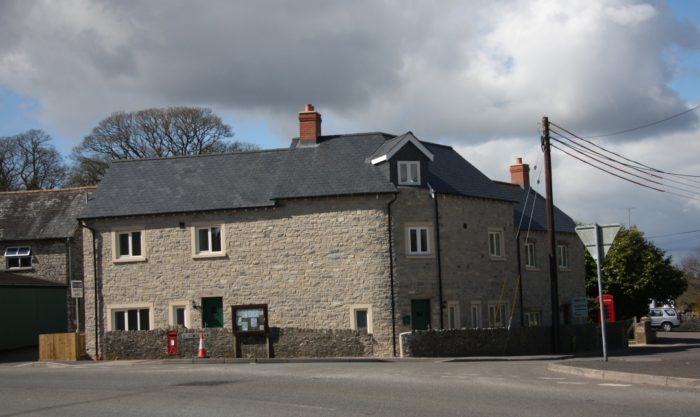




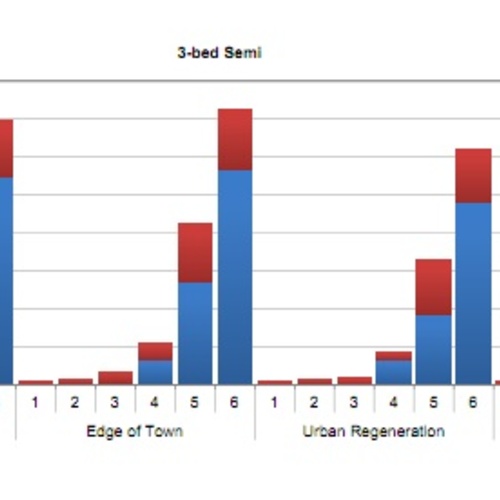
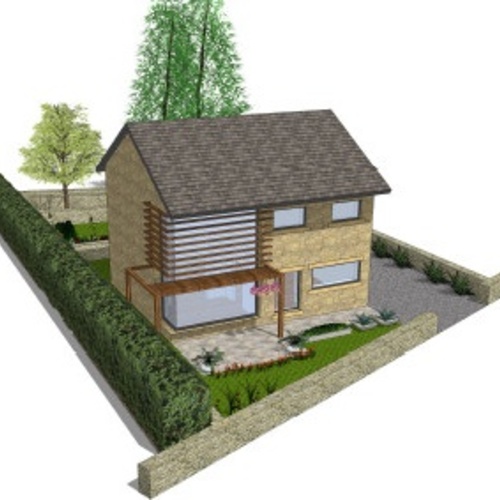
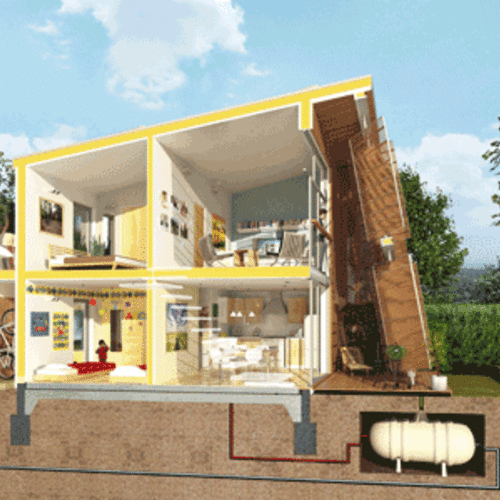
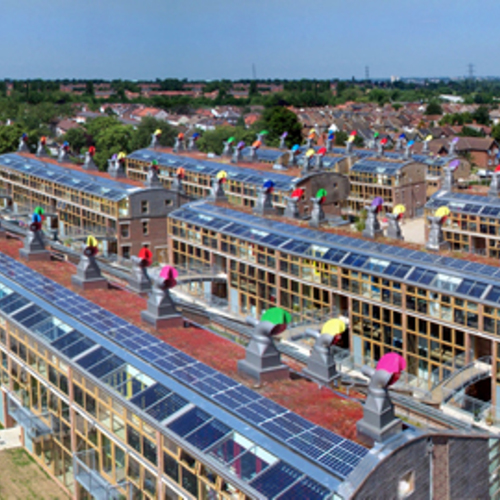






0 Comments
Log in or create an account to post a comment.
Sign up Log in